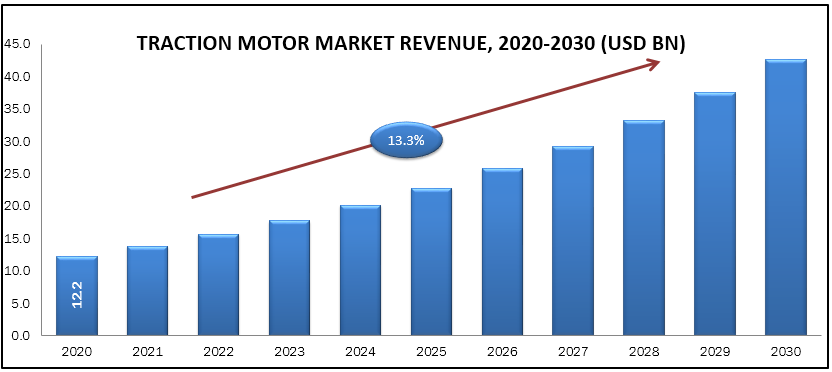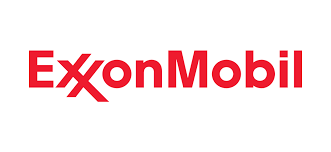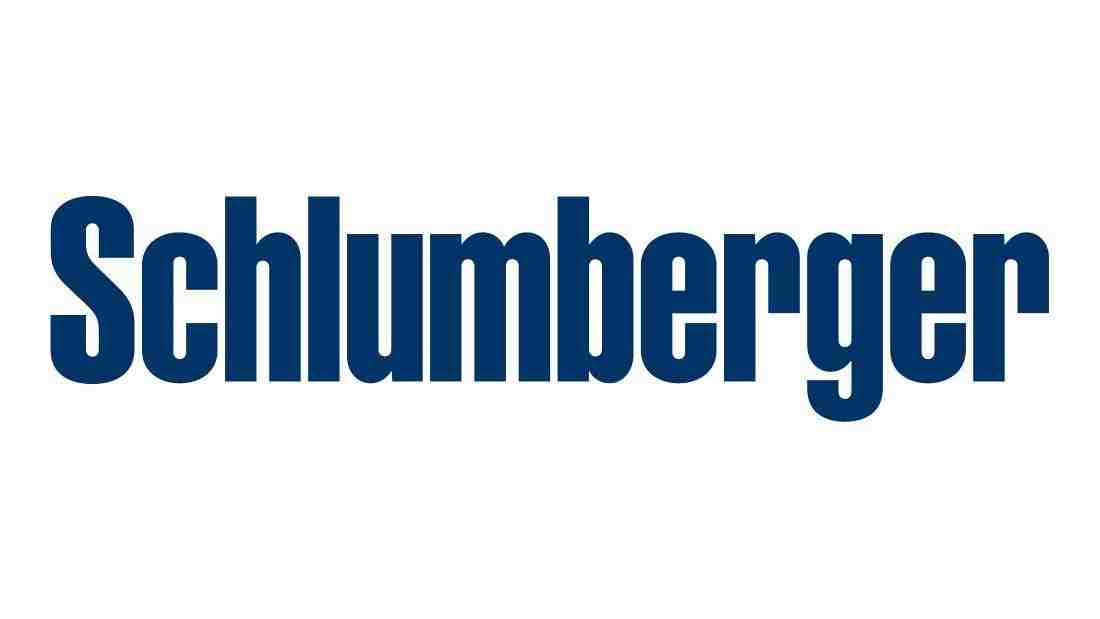Traction Motor Market size was valued at USD 12.2 billion in 2020, and is expected to reach USD 37.6 billion by 2030, registering a CAGR of 13.30% from 2020 to 2030. Traction literally means locomotion where the driving force is acquired from electrical motors. An electric traction motor is utilized to create a rotation torque on a machine. It is mainly used in electrically powered rail vehicles such as electrical locomotives, trams, and trolley buses. Traction motors use alternate or direct current, and most likely consist a group or individual electric drive to transmit the torque from the engine shaft for forward or backward motion. Electric traction motors are considered to be of a specific class in industrial motors segment as because they require a high rate of acceleration/deceleration, high torque low-speed hill-climbing, low-torque high-speed cruising, and a very wide range for operating speed. They are more efficient when compared to the non-electrical systems and offer several benefits such as quick start and stop, pollution-free, and easy to handle. Moreover, traction motors aid in decreasing the cooling time when vehicles are functioning at a relatively higher temperature, which in turn increases the efficiency of the motor.
Market Segmentation:
On the basis of product type, the market can be bifurcated into AC (alternating current) traction motors and DC (direct current) traction motors. Based on voltage ratings, the market can be classified into low voltage traction motors and high voltage traction motors. According to power ratings, the traction motor market can be categorised into less than 500KW, 500-1000KW, and more than 1000KW traction motors. By application means, the market can be segmented into railways, electric vehicles, conveyors, elevators, industrial machinery, and others. Geographically, the market can be broadly divided into five regions mainly North America, Europe, Asia Pacific, and RoW.
Market Dynamics and Factors:
The global traction motor market is mainly driven by factors such as increasing investments in the railway sector and rising demand for energy-efficient motors. For instance, as per the International Energy Agency (IEA), three-quarters of passenger rail transport is electrified. As the rail sector is very energy-efficient, private and government funding in the sector is increasing rapidly, especially in the high-speed rail and metro rail segment. Moreover, fluctuating fossil fuel prices, emission norms, and environmental regulations are some of the factors expected to boost the traction motor market growth during forecast period. Growing focus on electric vehicles in order to reduce carbon emissions is expected to create a significant opportunity for the market to grow over the forecast period. For instance, according to the International Energy Agency (IEA), in 2018, around 5.1 million electric cars were operational globally, which is 2 million more compared to the previous year. Electric two-wheelers were 260 million in 2018 and electric buses were 0.46 million in total. Also, the number of electric vehicles in shipping is also rising sharply. However, certain factors like price volatility of raw materials such as copper and aluminium and safety and reliability concerns are major factors hindering the market growth.
Geographic Analysis:
Asia Pacific region is expected to dominate the global traction motor market during the forecast period in terms of market share. In fact, it is also anticipated to be the fastest growing market during this timeframe. Rising investments in electric vehicles and the growing metro rail network in the region are the key factors which are likely to drive the demand for electric traction motors in APAC. China, Japan and India are the major manufacturers and even the consumers in the region. For instance, China’s current plans to increase intercity rail networks, possibly reaching 93,000 miles by 2020, along with mushrooming subway and light rail lines, the country is anticipated to account for over half of the global rail equipment expenditures in the next five years. Additionally, as per Ministry of Railways, India is also looking forward to electrify all its remaining railway network by 2024. North America is the second most dominating region for traction motors followed by Europe during the forecast period. For instance, in the European region, Germany is leading country contributing to the growth of the market. Government initiatives towards improvement of the transportation system, especially the railway sector and the transformation from diesel-based to electric-based locomotion is mainly fuelling the growing demand for traction motors in the market.
Competitive Scenario:
The key players operating in the global traction motor market are –
ABB Ltd., Siemens AG, General Electric, Skoda Electric, Toshiba, Bosch, Mitsubishi, CG Power & Industrial Solutions, Hitachi, Eaton, Hyundai, and Kawasaki.
Traction Motor Market Report Scope
| Report Attribute | Details |
| Analysis Period | 2020–2030 |
| Base Year | 2021 |
| Forecast Period | 2022–2030 |
| Market Size Estimation | Billion (USD) |
| Growth Rate (CAGR%) | 13.3% |
|
| By Type (Ac Traction Motor and Dc Traction Motor), By Voltage Ratings (Low Voltage Traction Motor and High Voltage Traction Motor), By Power Ratings (<500kw, 500-1000kw, and >1000kw), By Applications (Railways, Electric Vehicles, Conveyors, Elevators, Industrial Machinery, and Others) |
| Geographical Segmentation | North America (U.S., Canada, Mexico) Europe (UK, Germany, Italy, France, Rest of Europe), Asia-Pacific (China, Japan, India, Australia, Rest of APAC), South America (Brazil, Argentina, Rest of SA), MEA (UAE, Saudi Arabia, South Africa) |
| Key Companies Profiled | ABB Ltd., Siemens AG, General Electric, Skoda Electric, Toshiba, Bosch, Mitsubishi, CG Power & Industrial Solutions, Hitachi, Eaton, Hyundai, and Kawasaki. |







